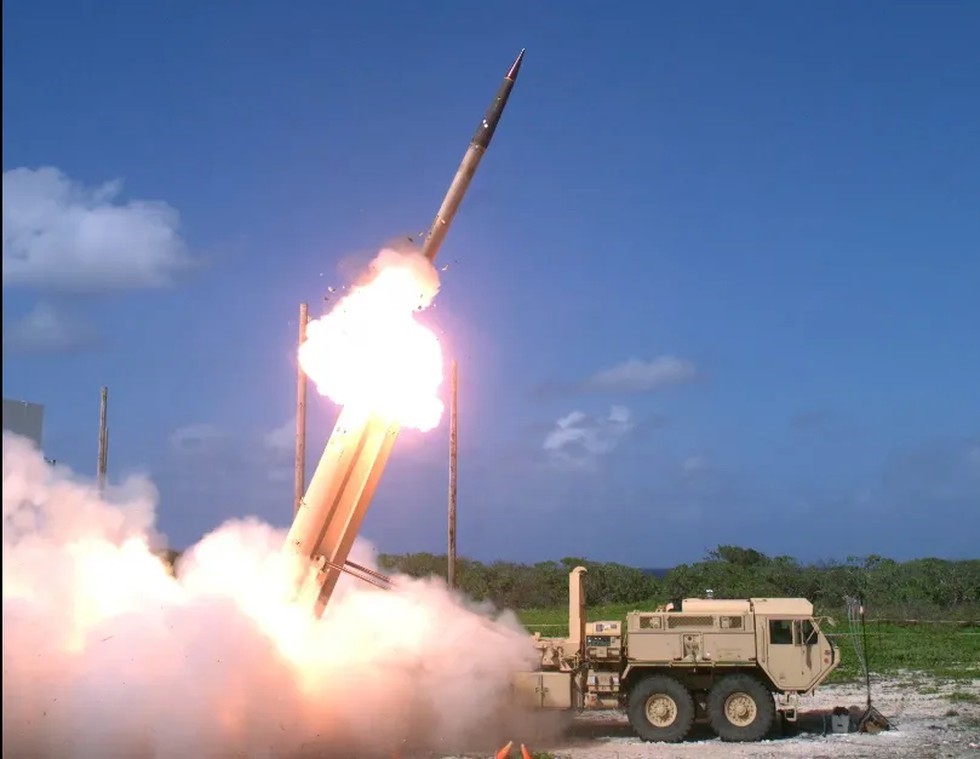
THAAD Missile System

16.10.2024
THAAD Missile System
|
For Prelims: About THAAD Missile System, How does the THAAD work? |
Why in the news?
As Israel intensifies its military operation against Hezbollah militants in Lebanon, the United States announced it will deploy a missile defense system, the Terminal High Altitude Area Defense (THAAD) battery, to Israel.
About THAAD Missile System:
- It is a missile defense system that can engage and destroy short-, medium-, and intermediate-range ballistic missiles during their terminal phase of flight.
Key features
- It has a “hit to kill” approach which blasts missiles as they enter their target zone during their descent.
- It uses kinetic energy to destroy incoming nuclear warheads.
- Target range: It can cover a wide area, engaging targets at distances between 150-200 kilometers (93-124 miles).
Development of THAAD
- It was developed by the US after their experience of Iraq's Scud missile attacks during the Persian Gulf War in 1991.
- In 2008, the US deployed an early missile warning radar, a part of the THAAD system to Israel. Similar deployments were also made in 2012 and 2019, aiding Israel's ability to emerge as a military power.
How does the THAAD work?
- The US Army has seven THAAD batteries in its possession. It comprises four main components - interceptor, launch vehicle, radar, and fire control system.
- Every launcher carries up to eight interceptors and a typical THAAD battery has at least six launchers. The THAAD covers a larger area than the US-made Patriots.
- The THAAD battery intercepts incoming ballistic missiles during their final phase of flight which is called the "terminal phase."
- It can intercept targets both within (endoatmospheric) and outside (exoatmospheric) the atmosphere.
- It defends against short, medium and intermediate-range ballistic missiles, making it a vital component in national security against missile threats.
Source: Indian Express
THAAD Missile System, recently in news, is developed by:
A.India
B.China
C.Russia
D.USA
Answer D